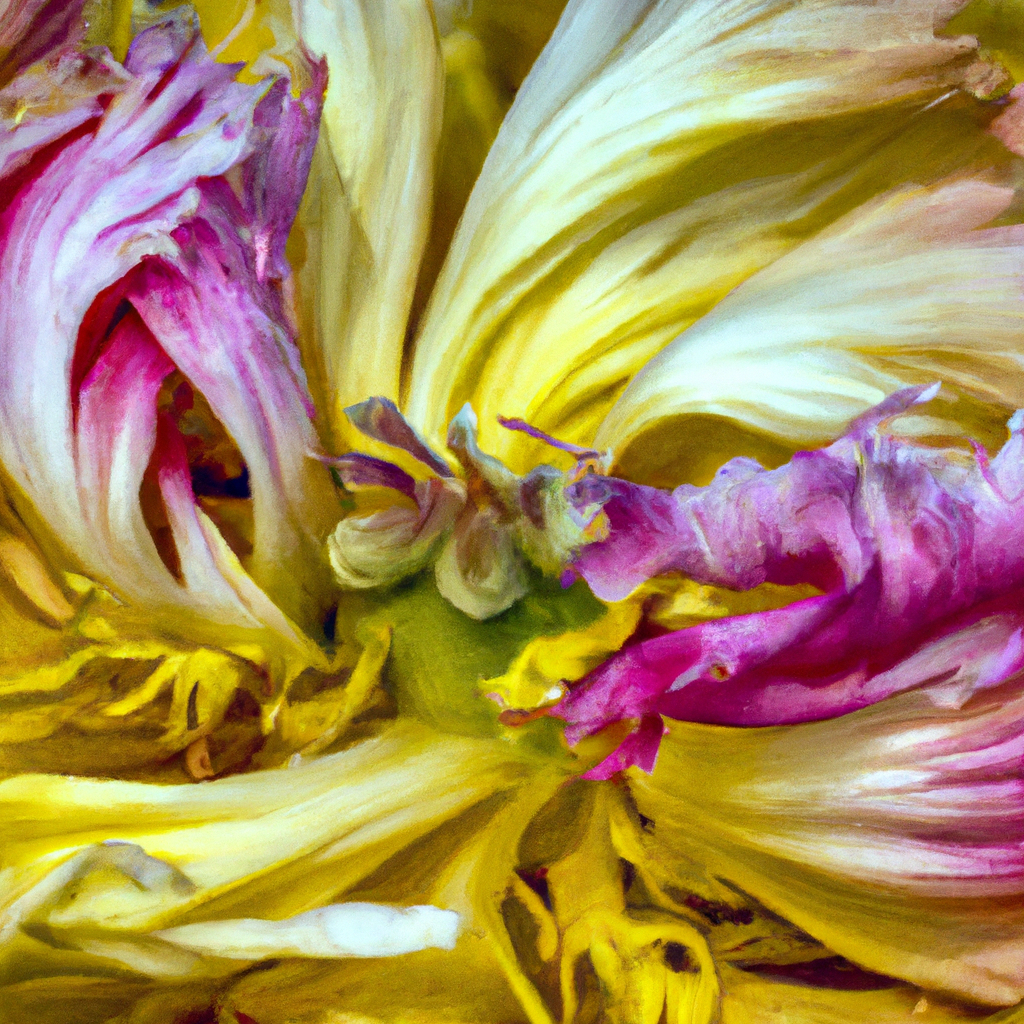Understanding the Risks of Mold on Flowers
Mold is a common issue that can affect various organic materials, including food, plants, and flowers. Flowers, whether indoor potted varieties or part of a garden landscape, are not immune to this fungal problem. Understanding how mold affects flowers, the conditions that promote mold growth, and how to deal with it is essential for maintaining healthy plants and a beautiful garden.
What Is Mold and How Does It Affect Flowers?
Mold is a type of fungus that thrives in moist, warm environments. It can grow on almost any organic material, including the leaves, stems, and blooms of flowers. Mold presence is usually indicated by a visible growth that can be white, grey, black, or green. When it affects flowers, mold can lead to a variety of problems including:
- Discoloration of petals and leaves
- Wilting or distortion of the flowers and leaves
- A foul odor emanating from the affected parts
- In severe cases, death of the flower or the entire plant
Common Types of Mold Found on Flowers
Several types of mold can be found on flowers. Some of the most common include:
- Botrytis blight (also known as gray mold): This is particularly common in greenhouses or during damp, cool weather. It typically affects the buds and flowers, causing them to turn brown and decay.
- Powdery mildew: This mold forms a white or grayish powder-like coating on the leaves and stems of flowers. It is common in crowded planting conditions where airflow is poor.
- Downy mildew: This appears as yellow to brown spots on the leaf surfaces and a fuzzy growth underneath the leaves. It often affects younger plants and can be devastating if not controlled.
Factors Contributing to Mold Growth on Flowers
Mold spores are always present in the environment, and certain conditions can trigger their growth on flowers. These conditions include:
- Excessive moisture from overwatering or poor drainage
- High humidity levels
- Inadequate sunlight which can dampen the natural defenses of a flower against mold
- Poor air circulation, which prevents the evaporation of excess moisture on the plant surfaces
Prevention and Treatment of Mold on Flowers
Preventing mold starts with creating an environment less conducive to its growth. Here are some strategies to help prevent mold on flowers:
- Ensure adequate spacing between plants to improve air circulation.
- Water plants in the morning so that leaves and flowers have time to dry during the day.
- Adjust watering habits to avoid excess moisture. Ensure pots have good drainage and that soil is not waterlogged.
- Use a dehumidifier or improve ventilation in areas where high humidity is a persistent issue, especially in indoor settings.
- Practice regular maintenance such as removing dead or dying flowers and leaves to reduce mold spores.
If mold has already affected your flowers, treatment methods may include:
- Removing all affected areas of the plant immediately to prevent the spread of mold.
- Applying fungicide sprays that are suitable for the specific type of flower and type of mold.
- Increasing air circulation around the affected plants.
In conclusion, while flowers can develop mold, it can often be managed with careful cultural practices and treatments. Understanding the specific needs and vulnerabilities of your plants is key to keeping them healthy and thriving, free of mold or any other fungal diseases.
Shop our selection of flowers today. All floral arrangements are available for same day delivery in Christchurch.
